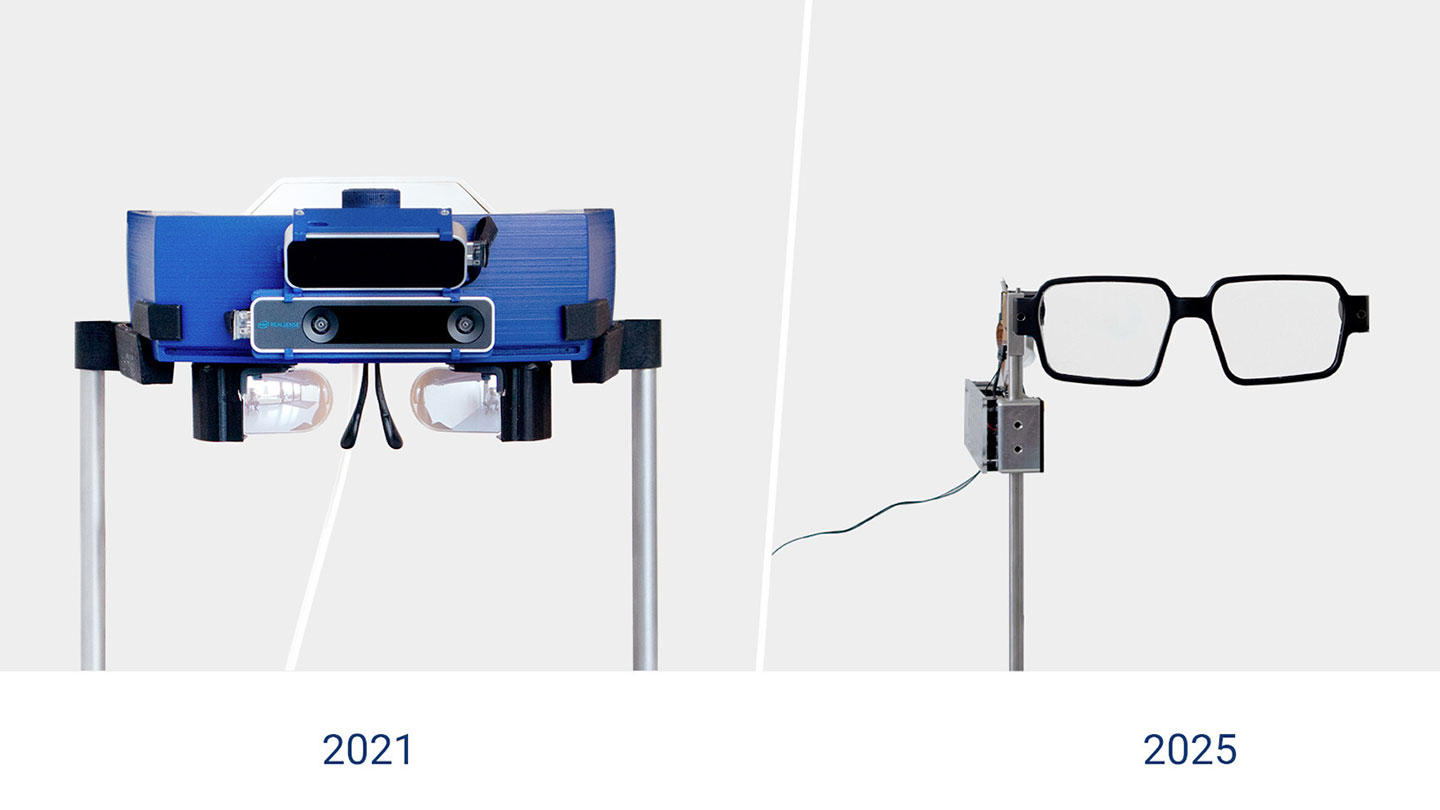CREAL has announced the readiness of its next-generation light field display, designed for integration into Augmented Reality (AR) glasses. This display aims to replicate real-world light, providing accurate depth perception and enabling a natural visual experience in AR. It is compatible with standard prescription lenses, allowing for vision correction while ensuring high transparency for clear visibility and social interaction.
Current AR displays often fail to create a realistic visual experience, primarily due to the absence of depth cues. These displays typically render flat images at a fixed focus distance, which prevents users from focusing at varying distances as they would in real life. This limitation results in a disconnect between real and virtual objects, causing confusion in the visual system and leading to discomfort, such as eye strain and nausea. This issue is particularly significant in personal spaces where precise interactions are necessary.
CREAL’s patented light field technology addresses these shortcomings by projecting digital content with accurate 3D depth. This allows each eye to focus on digital objects at varying distances, similar to real-world conditions. By overcoming the restrictions of traditional flat screen displays, CREAL facilitates the integration of digital content into the physical environment. The resolution of visual conflicts enables extended and comfortable viewing of digital content, which is essential for the advancement of AR technology.
According to Tomas Sluka, CEO of CREAL, the evolution of AR glasses represents a significant advancement in eyewear. He emphasizes that the fundamental purpose of these glasses—vision correction and enhancement—should not be compromised. CREAL’s light field display technology integrates vision care and traditional eyewear features, ensuring that AR glasses prioritize vision health before enhancing the user experience with AI-driven content.
Furthermore, CREAL’s display supports mass customization of the glasses and is compatible with Open XR, broadening the range of available applications. The display is based on cost-effective core components and is currently prepared for integration under a licensing agreement. Demonstrations of the display will be available at the upcoming SPIE AR | VR | MR event next week.

